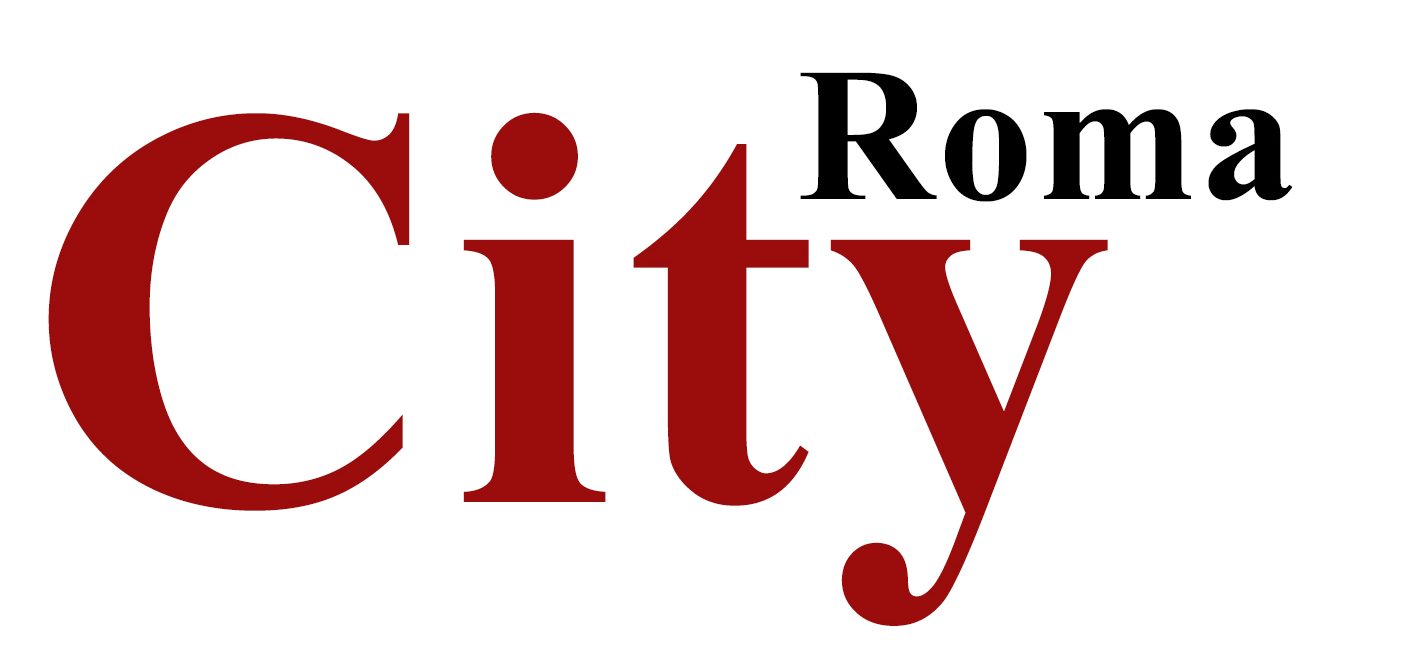The typical condominium project consists of three categories of property: the “separate interest” (normally called the “unit”), the “common area,” and a subset of the common area called “exclusive use common area.”
Misunderstandings regarding exclusive use areas lead to many avoidable disagreements. Simply put, exclusive use areas are not “your” property but are a portion of the common area set aside for one member’s use.
The unit is normally defined in the “notes” portion of the condominium plan, an important but often overlooked document.
While some developers have become more creative, the typical condominium unit configuration is a box of airspace surrounded by the unfinished surfaces of walls, ceilings and floors. Everything else is “common area.”
However there are many areas that are common areas but which clearly are intended for the use and enjoyment of a single unit owner, and these areas are called “exclusive use common areas.”
Exclusive use common areas are sometimes defined in the Condominium Plan or CC&Rs, but Civil Code 4145 provides a default definition if the governing documents do not fully cover the topic including: “shutters, awnings, window boxes, doorsteps, stoops, porches, balconies, patios, exterior doors, doorframes and hardware … screens and windows or other fixtures designed to serve a single separate interest, but located outside the boundaries of the separate interest…”
Fixtures serving a single unit but existing outside of the unit boundaries may include water heaters or air conditioning equipment, for example.
Many condominiums are bought with the mistaken belief that the exclusive use area, such as a balcony, or patio, is “theirs” and so the HOA has nothing to say about it. Unfortunately, members often think that, because their use is exclusive, their control of the area is also exclusive and so the HOA has no say. That can lead to enforcement situations and disputes because associations can control how exclusive use areas are used and typically have various rules regulating their use.
Who maintains exclusive use common area? Who repairs it? Is the broken window or leaky water heater an association concern?
The inquiry usually starts by reviewing the governing documents regarding the area in question to determine if it is exclusive use common area, followed by analyzing who maintains it and who repairs it — and the two responsibilities might not be placed on the same party.
If governing documents do not answer the question, the Davis-Stirling Act fills in the blanks. Under Civil Code Section 4775, the association repairs, replaces and maintains common area and repairs and replaces exclusive use common area, and the member maintains the exclusive use common area unless the CC&Rs state otherwise.
Note that only association CC&Rs can allocate repair and maintenance responsibility differently than Civil Code 4775 – HOAs cannot do this in rules. Therefore, many association rules presently in place may be invalid to the extent they purport to allocate such responsibility.
Exclusive use areas are often misunderstood as the unit owner’s property, but such areas are still part of the common area and therefore jointly owned with all other owners and subject to association control.
“Use” is different than “control”, and maintenance responsibility may be allocated differently than repair responsibility. Exclusive use is a necessary complication of shared ownership, and better understanding will enhance enjoyment and reduce conflict.
Kelly G. Richardson Esq., CCAL, is a Fellow of the College of Community Association Lawyers and a Principal of Richardson|Ober LLP, a California law firm known for community association advice. Send column questions to Kelly@roattorneys.com.

